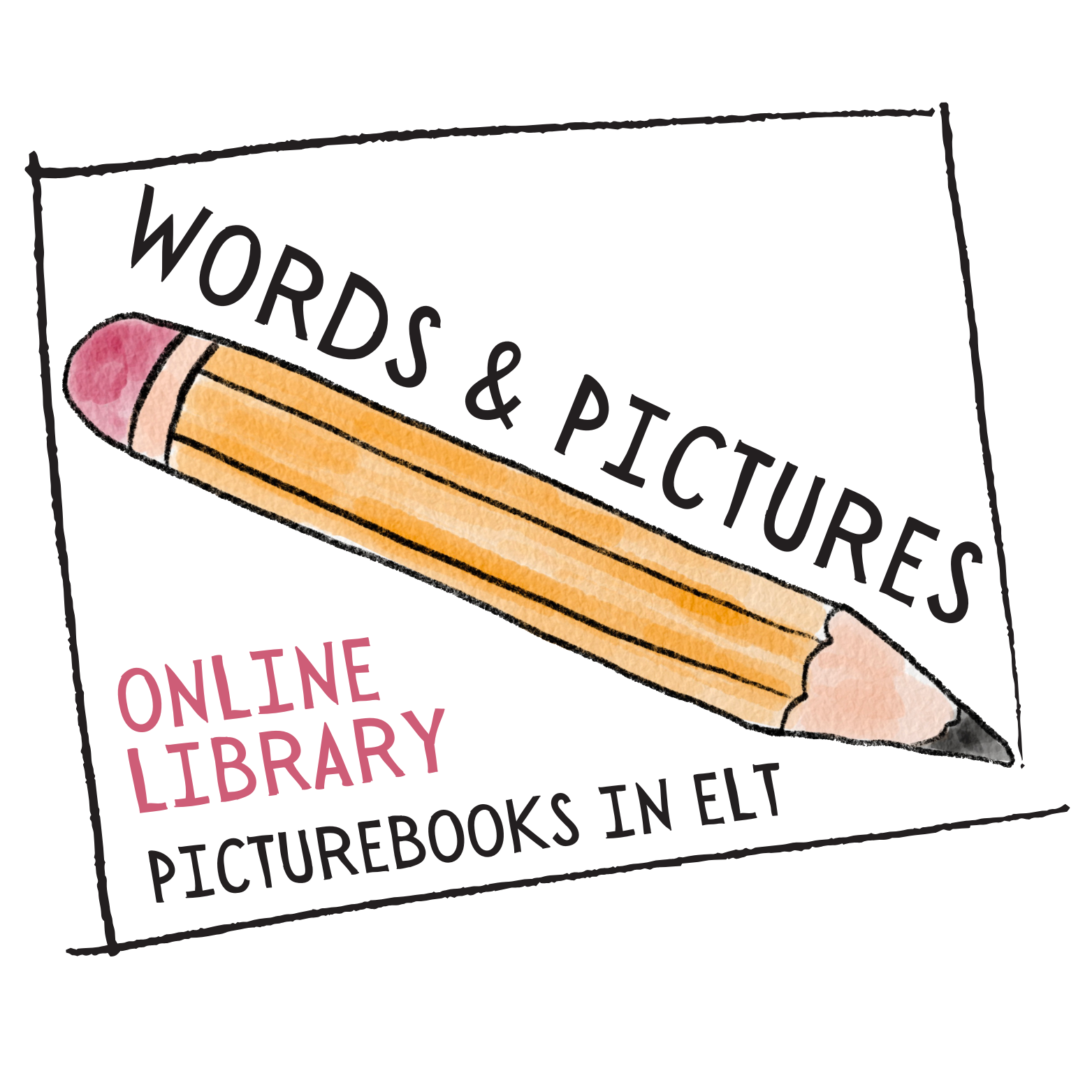Read More
The idea that a picturebook could be challenged or banned might be an unfamiliar concept to ELT teachers, especially if they are based in Europe. However, in the US, books, including picturebooks, are frequently challenged by, for example, librarians, teachers, or parents/caregivers. Challenging a picturebook refers to an attempt to remove or restrict access to protect a (child) reader from the published content. A successful challenge would result in the picturebook being banned, which in turn would lead to its removal from library shelves, schools, or other places. The underlying reasons given for such a challenge or ban are often political, religious, moral, or even legal. At times, the content is described as unsuitable for a reader of any age as it is considered offensive or sexually explicit. The process of challenging and banning (picture) books occurs not only in the US.
A list published by the American Library Association (ALA) of the hundred most challenged and banned books between 2010 and 2019 includes well-known picturebook titles such as the LGBTQ-themed picturebook And Tango Makes Three by Richardson and Parnell (2005) and Draw Me a Star by Eric Carle (1992), which depicts nudity. Interestingly, in the US, even if a picturebook has been challenged or banned, it can still be purchased, as a ban only applies to classrooms and public and school libraries. However, in China, a ban might indeed result in purchase restrictions.
Read More
In 1982 the ALA launched the first ‘banned books week’. This initiative was instigated by Judith Krug, an activist librarian, and the American association of publishers as a public response to a rise in banned books. To this day, the event is promoted by the ALA and Amnesty International and marked annually in October to highlight not only the scope of banned books but also the persistent desire for intellectual freedom and freedom to read. A formal, official ban on a book, or a picturebook, is considered a form of censorship that is unheard of in Europe. Perhaps some geographical areas might restrict picturebook choices for religious reasons. For instance, primary schools in what is considered the ´bible belt´ in the Netherlands might prohibit the use of picturebooks that feature witches or discuss evolution. However, this would be a school-specific decision and cannot be compared to a general local, regional, or national restriction of public access to certain publications as it occurs in the US. What is of interest, are the ELT opportunities that banned picturebooks can offer, especially if the publication is a well-known one, such as Where the Wild Things Are by Maurice Sendak, which was considered ground-breaking for representing children’s emotions, especially anger, and won the Caldecott Medal in 1964, or the more recent Caldecott Medal winner from 2020, The Undefeated by Kwame Alexander, illustrated by Kadir Nelson. This picturebook shares a poem to inspire and encourage Black communities and to describe the hardships that Black Americans faced during slavery and segregation.
Banned books can enrich learning on many levels, as they provide a meaningful opportunity for learners, teachers, and educators to discuss the reasons for censorship.


